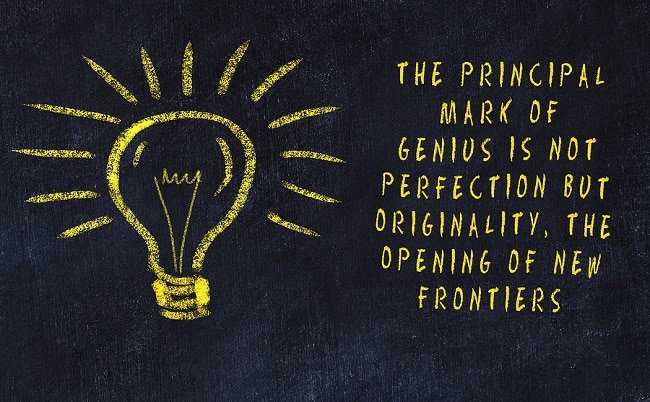The insurance industry is speeding toward new claim frontiers. New technologies have drastically changed the way auto and homeowners insurance claims are handled, and the results are jaw-dropping. Here are some of the biggest advancements worth watching.
Smart Devices
According to Statista, the global smart home market is expected to reach $53.45 billion by 2022.
Some of these devices have the potential to prevent claims or detect them early on. For example, according to Property Casualty 360, research found that homes that had the Flo by Moen Smart Water Shutoff leak detection and monitoring system had a 96 percent decrease in paid water claims over two years, while homes in the “control group” without a water detection system had a 10 percent increase in claims.
Smart devices in homes and cars can also provide insurers with new sources of data. And now, thanks to artificial intelligence, insurers are better positioned than ever to use that data – which brings us to the next point …
Artificial Intelligence
The insurance industry has always loved data, and artificial intelligence (AI) can deliver better ways to analyze data. Insurers could use this insight in many ways – for example, to detect fraud or to predict when claims are likely.
Artificial intelligence can also help automate the claims process. We’re living in an age of instant gratification, and more and more customers expect claims – especially minor claims – to be handled fast. With AI, this is possible.
Virtual Claims Handling
Thanks to the omnipresence of smartphones with built-in cameras, the average person can easily provide all the documentation needed for many claims. This, combined with AI tools, facilitates a speedy claims process and a happy insurance customer.
According to the LexisNexis 2019 Future of Claims Study, 95 percent of carriers either have used or have considered using virtual claims handling.
The pandemic has served to increase the importance of virtual claims. Tools that allow virtual claims handling are no longer simply a way to make the process faster and more convenient – they’re also a way to practice social distancing while getting things done. According to Property Casualty 360, analysis from CCC Information Services Inc. shows that photo estimates and AI-supported claims have experienced double-digit growth since the beginning of the year.
Drones
A smartphone doesn’t always cut it. That’s when you need drones.
Some areas are hard to access. Maybe they’re surrounded by rough terrain or on the top of a tall building, or perhaps the area has been impacted by a natural disaster. Regardless of the details, the result can be difficult in claims adjusting. Drones can help in situations like these, and many insurers have been embracing them.
Drone operators must comply with FAA regulations. According to the Insurance Information Institute, commercial drone use is more heavily regulated than recreational drone use, and operators must be licensed. Nevertheless, the benefits of drones make these hurdles worthwhile for many insurers.
Of course, another crucial aspect of claims satisfaction is how well an insurer manages the First Notice of Loss (FNOL). This is an area where Covenir shines. Discover the many advantages of outsourcing FNOL intake to Covenir.
